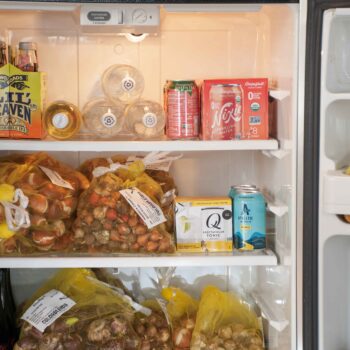“Free shipping” is one of the most persuasive tools in online marketing. Shoppers love the idea of avoiding extra fees at checkout, and retailers know it. But what many people don’t realize is that shipping is never actually free. Every step of the delivery process—trucks, fuel, packaging, warehousing, and especially the people who pick, pack, and deliver your order—comes at a cost. These expenses don’t vanish; they’re simply bundled into the product price.
Sometimes, choosing “free shipping” ends up costing you significantly more than paying a separate shipping fee. For instance, a product might be priced at $80 with free shipping but could be available elsewhere for $60 plus $10 shipping. By opting for the “free” deal, you’re actually paying $10 more overall. That difference can add up, especially when you shop frequently or buy in bulk.
The cost of shipping also varies based on the product. Heavier, low-cost items often carry a higher shipping burden than lightweight, high-value items. Take flower bulbs, for example. A box of 200 tulip bulbs weighs around 17 pounds and might cost $80. Shipping such a heavy box can be expensive due to its weight-to-value ratio. Compare that to a down jacket that costs $200 but weighs only two pounds—the shipping cost is minimal in comparison, and easier to absorb into a “free” offer.
This pricing dynamic means that when you see “free shipping” on heavy or low-margin products, the product price is often marked up to cover the real shipping costs. You may unknowingly be paying 20%–40% more.
The bottom line? Don’t be fooled by the word “free.” Always compare total prices—including shipping—before completing your purchase. A quick check could save you a surprising amount and help you make smarter, more informed buying decisions.


